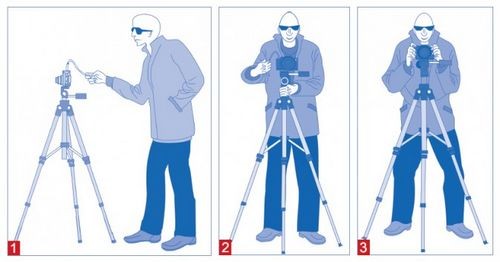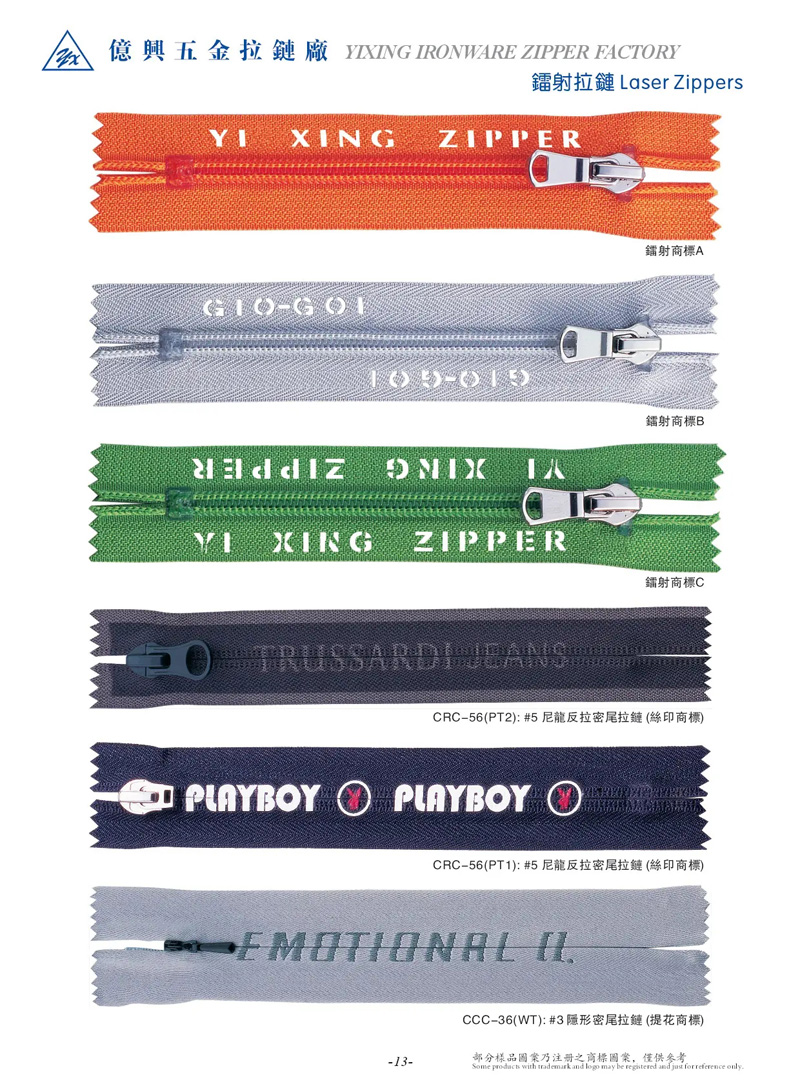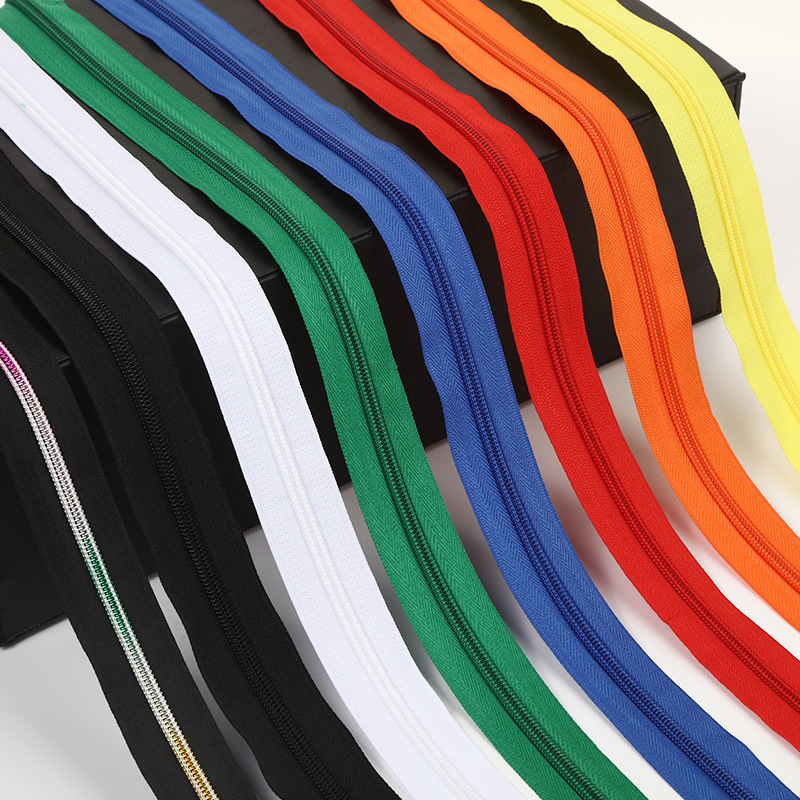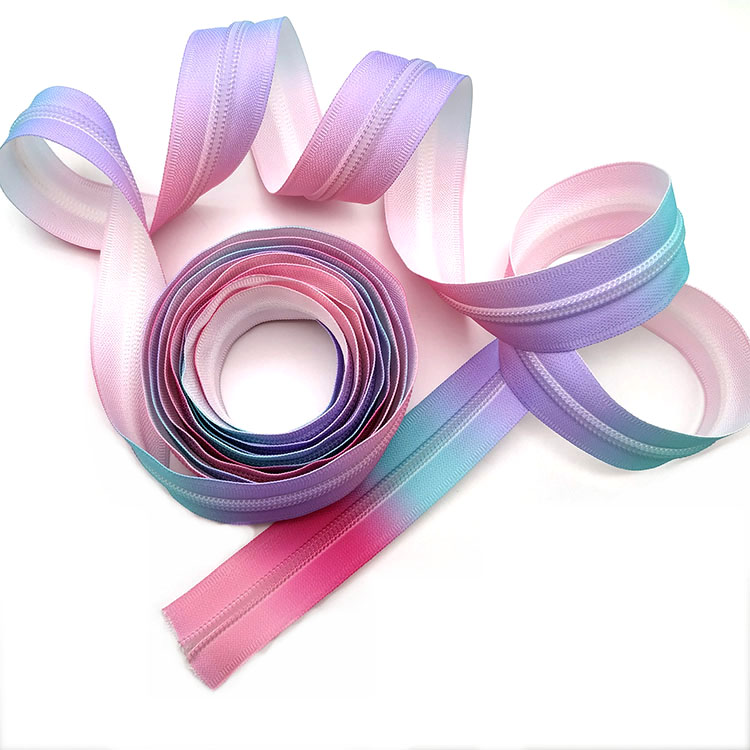How to use a tripod that cannot be learned in the manual (illustration) Read more>>
A friend asked: Isn't it a tripod? If you think so too, you are wrong. The tripod is an important tool for stabilizing the camera. If it is not used properly, it will not be fully effective. At present, most of the tripods' operating instructions only describe the tripod's part names and operating points, but no use techniques are available. Today we asked the drawing master to draw it for you to see at a glance. Tripod tips 1 Do not touch the tripod and the camera with any part of your body. This is the most basic use of the tripod. Stabilize the tripod, adjust the camera, fasten the various components, you can use the shutter release to start the shutter, if you do not have a shutter release also minimize the time to touch the camera when pressing the shutter. 2 In the case of a large wind or a slightly lighter tripod, use the left hand to hold down the lower part of the tripod and press down slightly to increase the shooting stability. However, it is not appropriate to use the shutter opening time less than 1/4 second. Hanging a heavy object such as a camera bag on a tripod can also enhance stability. 3 When shooting a moving object, in order to balance stability and flexibility, you can release the tripod's pan/tilt fastening handle and use both hands to hold the camera for shooting. You can achieve good results without using the shutter release. 4 Pocket tripods are very portable. Although they are not designed to support a camera, they are not as good as large tripods. However, they are used to support relatively stable objects such as the body and walls to counteract possible tremors. 5 After pulling out the legs of the tripod, you can shoot from many unimaginable angles by using the camera's self-timer function or remote control to start the shutter function while using the LCD screen that the camera can rotate to view. It should be noted that the tripod does not stabilize the camera at this time and only functions as a special bracket. The use of tripods The weight and stability of the tripod are directly proportional to the tripod. Larger and heavier tripods should be selected. The thickness of the legs of the tripod is proportional to the stability. The upper leg tube of the same tripod near the head is thicker, while the lower leg tube is thinner. Therefore, during the shooting process, when you do not need to pull out all the legs, you should use the upper leg as much as possible. When shooting, the height of the tripod's center of gravity is inversely proportional to stability. The lower the height of the tripod in use, the better the stability. It is necessary to prioritize the camera's position and shooting angle, and to reduce the height as much as possible, especially the center axis of the tripod should be reduced as much as possible. Try to choose rigid ground support tripods. Tripods, soft sandy soil, or tripods supported in wetlands tend to sway.
Size: 3# 4# 5# 8# 10#
Material: Nylon Teeth, Polyester or Cotton Tape
Color: Pantone, YCC, GCC, YKK
Slider: Reverse Auto Locking Slider
End Type: Close End or Open End
Feature: Hidden Teeth, with logo printed
Our Zips For Handbags can be dyed in a single colour, or in a gradient rainbow of colours, or even Zipper Teeth and Zipper Tapes in different colours.
Zipper Printing is not only printing logo on Zipper Tape, but also printing the entire Zipper, supporting single-color printing, multi-color printing, etc.
Zipper For Purse,Zipper For Handbags,Zipper For A Jacket,Handbag Zipper,Zips For Handbags Shenzhen Yiyixing Zipper Manufacture Co.,Ltd , https://www.yyxzip.com

Zipper Printing
Zipper Printing is the process of printing designs or logos on zippers. This is usually for promotional or branding purposes, such as adding a company logo to the zipper of a jacket or backpack. The printing process usually involves the use of a special ink that is applied directly to the zipper material. The ink is then cured or dried with heat or UV light to ensure the design is permanent and won't rub off over time. Zipper printing can be performed on a variety of zipper types including metal, plastic and nylon zippers.

Specification:


